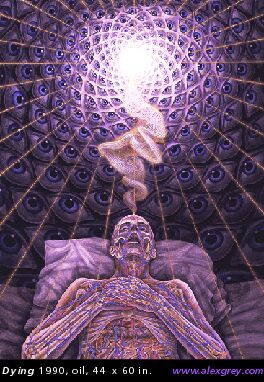
The problem with the world today is that there are too many people who could care less about what they do to the world. They don’t think about their consequences for future generations and the animals that are striving to live. Some people are being selfish by not trying to recycle and reuse things. Within the United States we have tried to be more “Green” by making Green roofs and recycling things. One organization that I came across while doing my research on Arctic melting was Greenpeace International. This is an independent global campaigning organization that supports Mother Nature. They are trying to make the world a better place by making meaningful contributions to the world around them. One thing that Greenpeace has stood up against is the Tar Sands, also known as oil sands, which reside in Alberta, Canada that is owned by Shell. (http://www.youtube.com/watch?v=vHOerF5pWRA&feature=player_embedded ) They went into the Tar Sands on their own and made the people stop their engines and stop digging and drilling. According to Greenpeace scientists, Tar Sands are one of the biggest energy products in the world. Tar Sands are places where wilderness is turned it into toxic lakes, mines and refineries. These are the biggest suppliers of fossil fuels and greenhouse gas emissions that are affecting the climate. One of these things is making a difference at the UN Climate Summit this year in Copenhagen, Denmark. This Climate Summit is a meeting in December of 2009, with all the world leaders to discuss a plan that they can obey to help earth and the people and animals within it. Greenpeace has come up with a good plan for the world. Here are their demands and solutions. Developed countries must, as a group, reduce emissions by at least 40% by 2020, we need to invest 140 billion a year for developing countries to be able to adapt to climate change, switch to renewable energy and stop deforestation, and deforestation must end by 2020. These things can all help the world. By stopping deforestation we can help the world clean itself up. The trees and plants can help clean the air, but we must also reduce the emissions that are being made by companies and industries. By having renewable resources available people are more apt to using them and to help the world.
Climate change is a big part of science because climate change is affecting the organisms, animals and humans in the world. We cannot enjoy the world if we do not take care of it. Science is when people who are knowledgeable of scientific studies experiment and use facts to build upon their knowledge. The scientists have observed the Arctic, as seen in the videos available on the Greenpeace website, and they have also kept record of the changes that have occurred in the Arctic and surrounding areas, noticing the dramatic change that the temperature rise has had on the environment. The scientists used our own knowledge of the disasters in the world to compare it to what we have not seen yet.
If you look back at the Iceman from the West on Page 10, you can see that the environment at that point was not polluted allowing the man to live a very long life, if he hadn’t have died. He had the food that he needed to live off the land. If we did not have the glaciers to hold him, he would have been at the bottom of the water and we would not have had this discovery to talk about. We heard that he had eaten venison and vegetable matter and some wheat, but if you look into the future you can see the environment declining because since the increase in temperature, the crops that used to be grown cannot survive. There has been a decrease in the growth of wheat, barley and maize. The animals cannot survive with the loss of vegetation and the loss of ice.
I hope you all enjoyed these ideas for solutions as much as I did!
